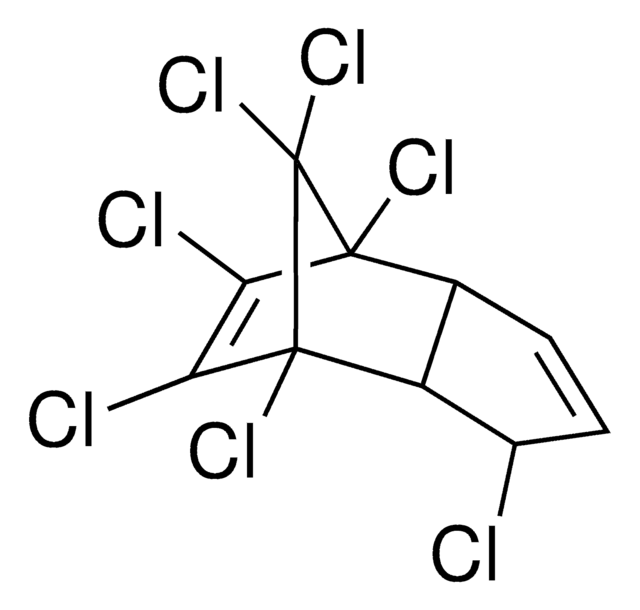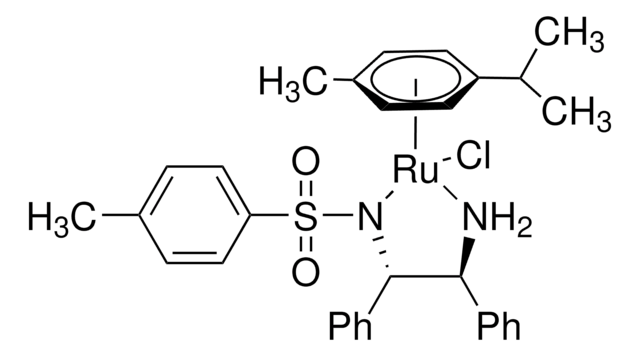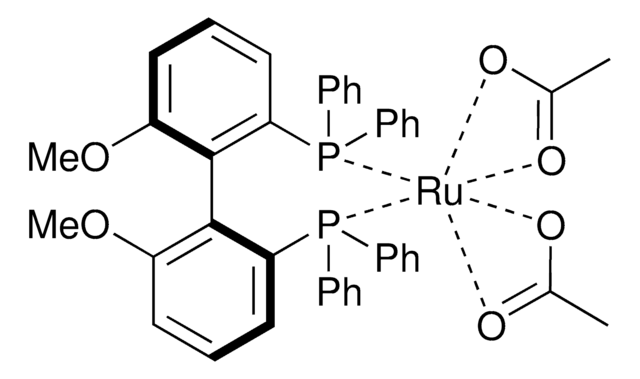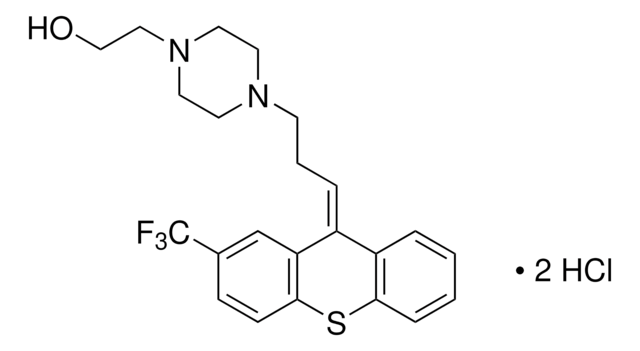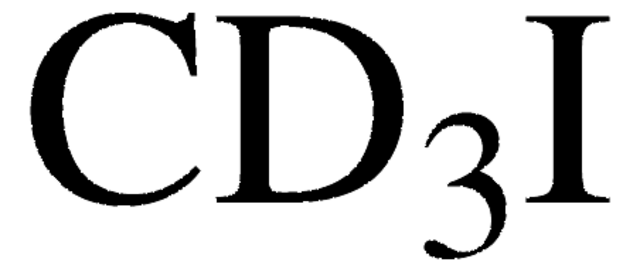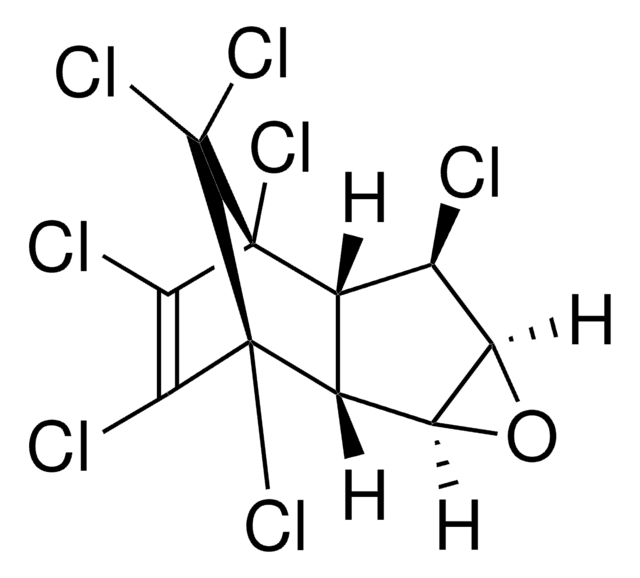N12147
Heptachlor
analytical standard
Synonyme(s) :
1,4,5,6,7,8,8-Heptachloro-3a,4,7,7a-tetrahydro-4,7-methanoindene
About This Item
Produits recommandés
Qualité
analytical standard
Conditionnement
ampule of 100 mg
Fabricant/nom de marque
Chem Service, Inc. N-12147-100MG
Technique(s)
HPLC: suitable
gas chromatography (GC): suitable
Application(s)
cleaning products
cosmetics
food and beverages
personal care
Format
neat
Chaîne SMILES
ClC1=C(Cl)[C@]2(Cl)C(Cl)(Cl)[C@@]1(Cl)[C@H]3[C@@H]2C(Cl)C=C3
InChI
1S/C10H5Cl7/c11-4-2-1-3-5(4)9(15)7(13)6(12)8(3,14)10(9,16)17/h1-5H/t3?,4?,5?,8-,9+/m1/s1
Clé InChI
FRCCEHPWNOQAEU-ZFBAKZBRSA-N
Vous recherchez des produits similaires ? Visite Guide de comparaison des produits
Application
Mention d'avertissement
Danger
Mentions de danger
Conseils de prudence
Classification des risques
Acute Tox. 2 Dermal - Acute Tox. 2 Oral - Aquatic Acute 1 - Aquatic Chronic 1 - Carc. 2 - STOT RE 2
Code de la classe de stockage
6.1A - Combustible acute toxic Cat. 1 and 2 / very toxic hazardous materials
Classe de danger pour l'eau (WGK)
WGK 3
Point d'éclair (°F)
Not applicable
Point d'éclair (°C)
Not applicable
Faites votre choix parmi les versions les plus récentes :
Certificats d'analyse (COA)
Désolés, nous n'avons pas de COA pour ce produit disponible en ligne pour le moment.
Si vous avez besoin d'assistance, veuillez contacter Service Clients
Déjà en possession de ce produit ?
Retrouvez la documentation relative aux produits que vous avez récemment achetés dans la Bibliothèque de documents.
Protocoles
US EPA Method 8081: GC Analysis of Organochlorine Pesticides on Equity®-5
Notre équipe de scientifiques dispose d'une expérience dans tous les secteurs de la recherche, notamment en sciences de la vie, science des matériaux, synthèse chimique, chromatographie, analyse et dans de nombreux autres domaines..
Contacter notre Service technique